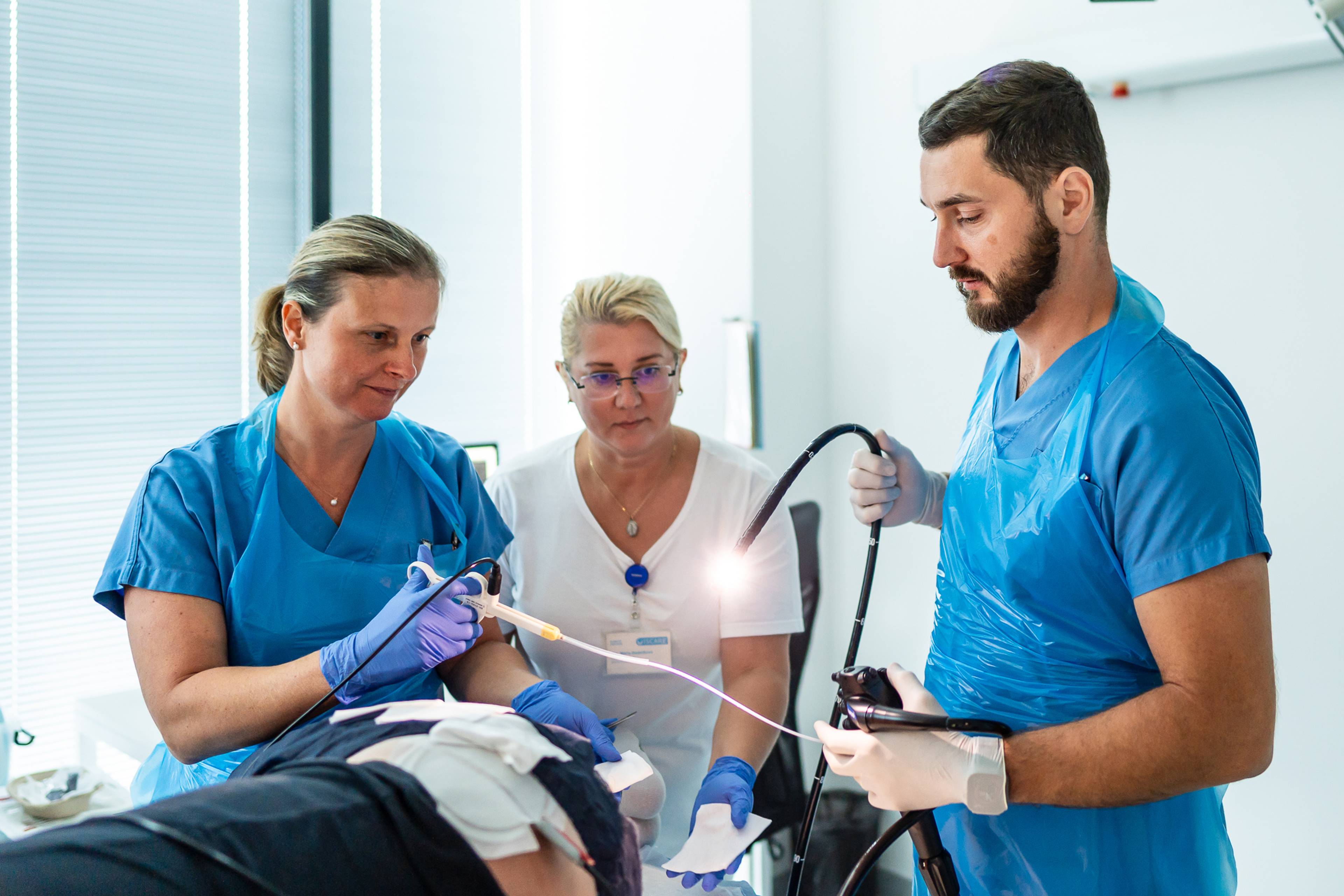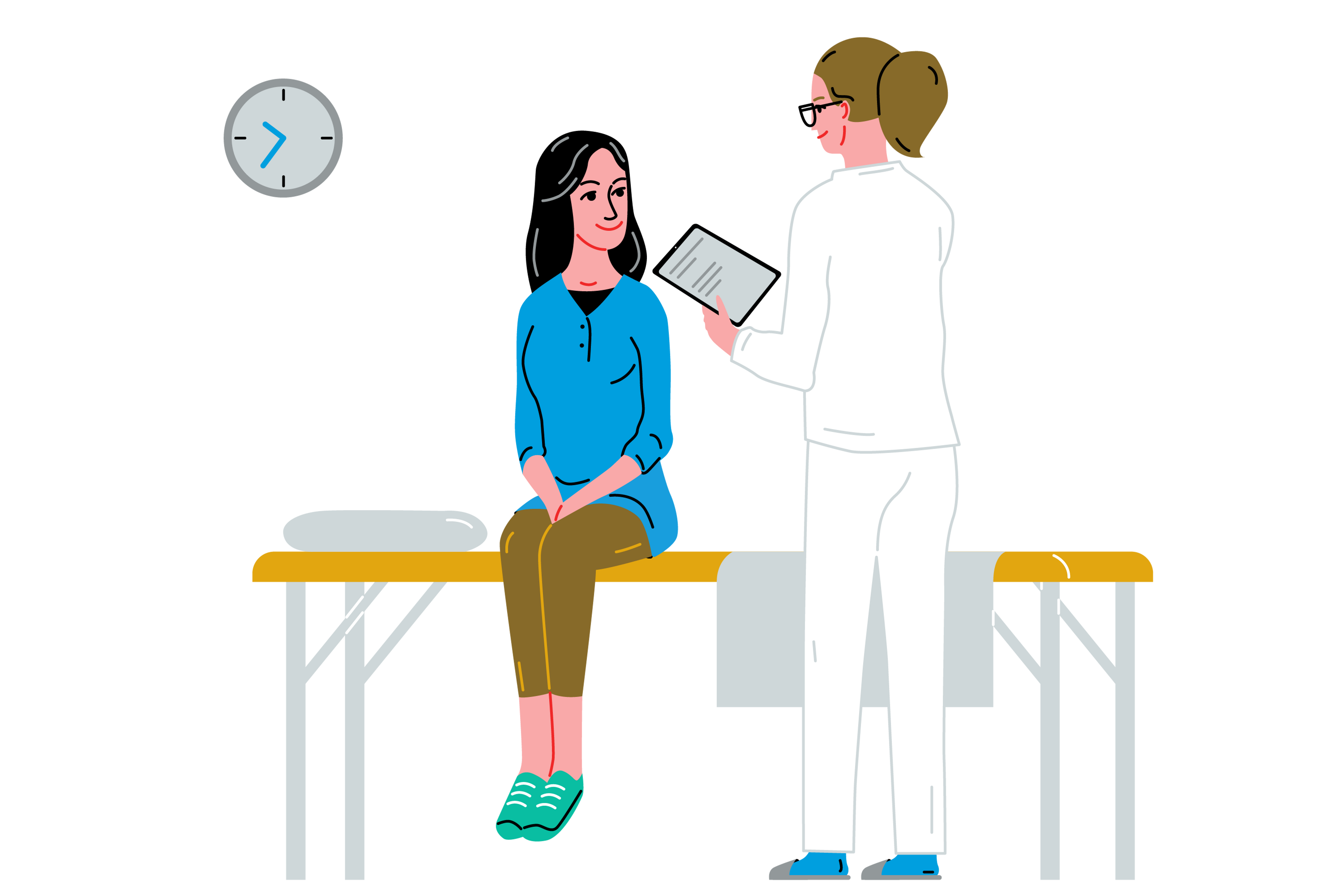Painless diagnosis: Sampling and treatment of pathological changes in the small intestine
- Thanks to single-balloon enteroscopy, we can monitor pathological changes in the mucosa and, if necessary, take samples for microscopic examination, remove polyps, stop bleeding, or widen narrowed areas.
- Single-balloon enteroscopy is performed under analgesic sedation in the presence of an anesthesiologist.
- After the patient is sedated, an endoscopic device is inserted (through the mouth), and the first half of the small intestine is gradually examined. We assess pathological changes in the mucosa and, if necessary, we can take samples for microscopic examination (biopsy), remove polyps, stop bleeding, or widen (dilate) narrowed areas.
- The examination takes an average of 1 hour, but depends on the findings and their location in the intestine.
Preparation for the examination:
1 month before the examination:
- Undergo a preoperative examination by your general practitioner and bring the results with you.
- The preoperative examination must include CRP, JT/Bil, ALT, AST, ALP, GMT/, urea, creatinine, minerals/Na, K, Cl/, glycemia, KO + diff., Quick, APTT, and ECG tests.
- Internal examination with the conclusion "Patient capable of undergoing analgosedation". The results must not be older than 1 month.
7 days before the examination:
- If you are taking blood-thinning medication (anticoagulant therapy), consult your doctor about the possibility of discontinuing it (2 days before the examination) or switching to an injectable form.
On the day of the examination:
- Do not eat (including candy and chewing gum), drink, or smoke for 5 hours prior to the examination.
- Take any necessary medication, heart and blood pressure medication 4 hours prior to the examination with a minimal amount of water.
- Take other medications after the examination.
- Consult your diabetologist about the administration of insulin and oral antidiabetic drugs.
- Come without jewelry, valuables, or makeup. Remove artificial nails, at least from your index finger.
- You will be informed about restrictions on eating and physical activity immediately after the examination.
- For your safety, arrange for someone to accompany you for approximately 1.5 hours after the procedure.
- After the examination, you must not drive a motor vehicle or perform other activities requiring attention for 24 hours. We recommend rest and postponing important decisions.
After the examination:
- Arrange for someone to accompany you when you leave the clinic (approximately 1.5 hours after the procedure).
- Do not drive a motor vehicle after the examination and avoid activities that require increased attention.
- We recommend rest for the rest of the day.
Take a look
What it looks like
Gastroenterology ISCARE






